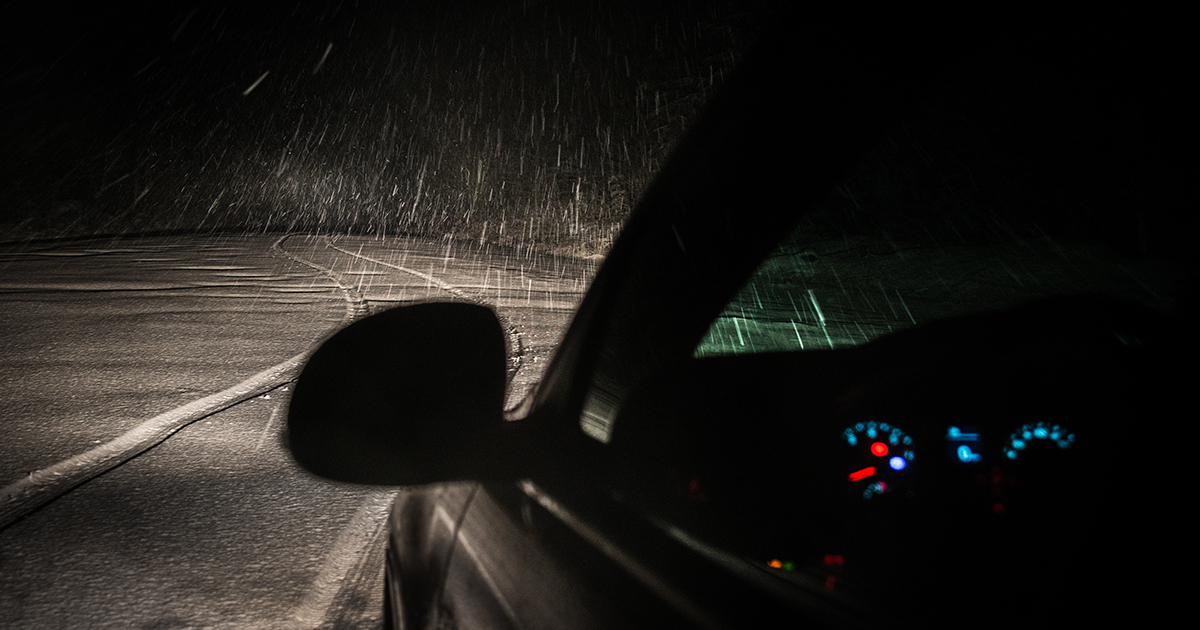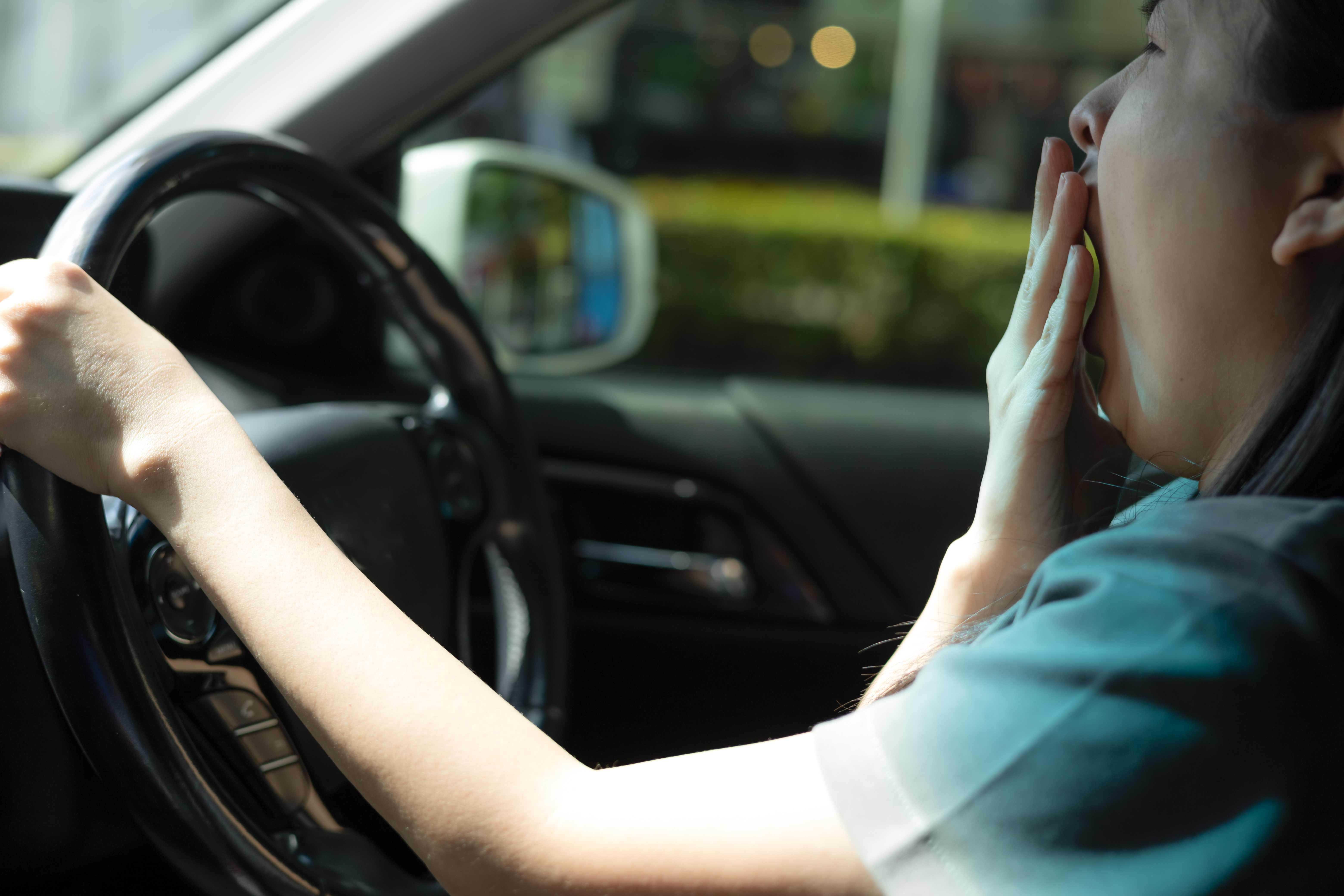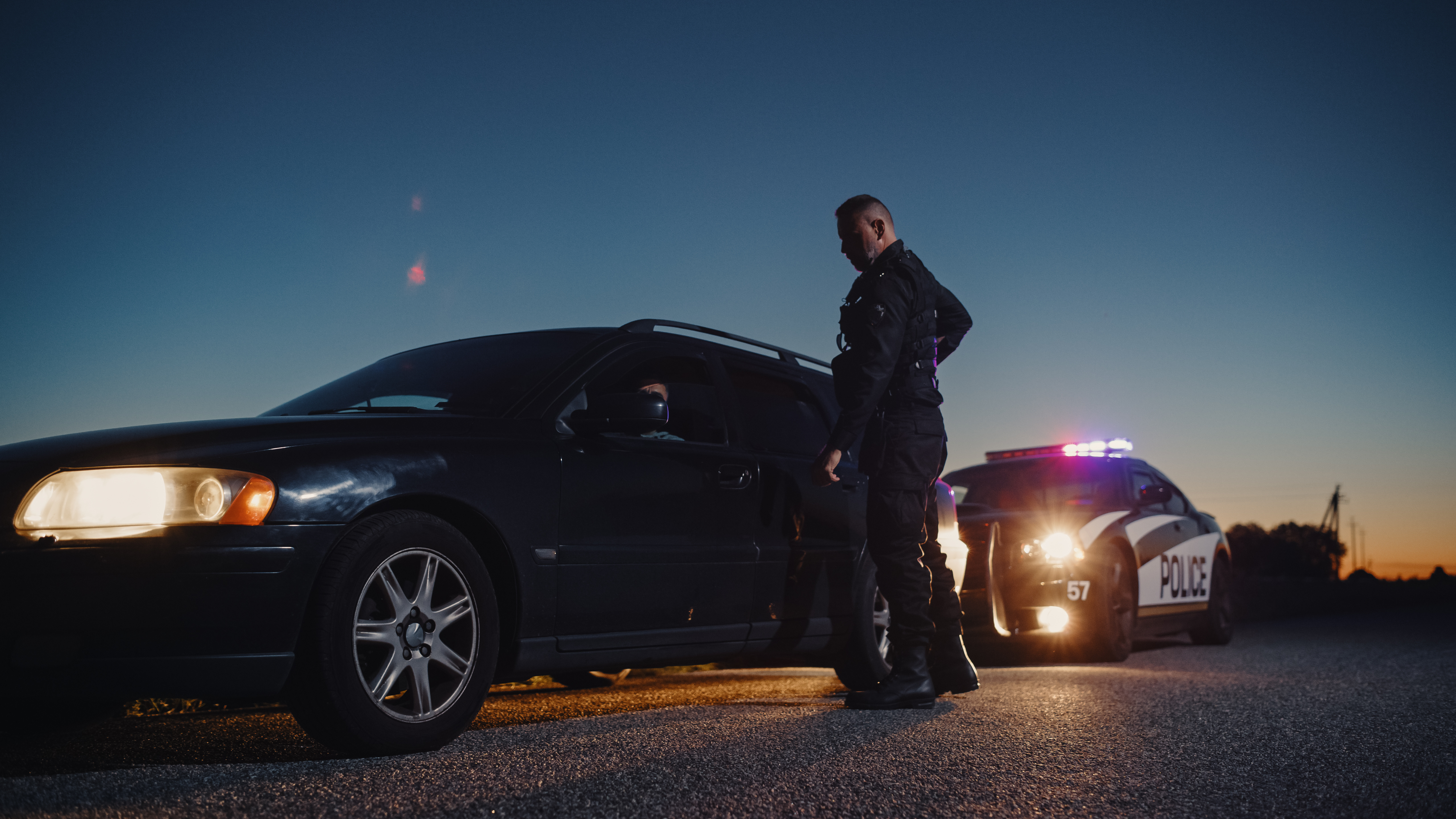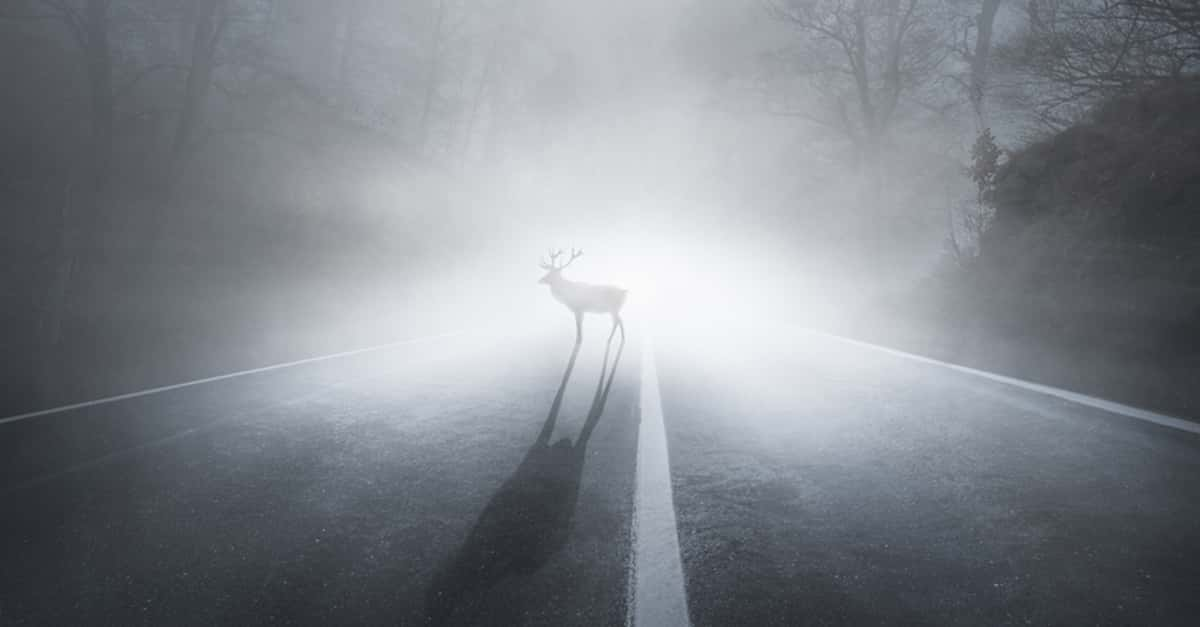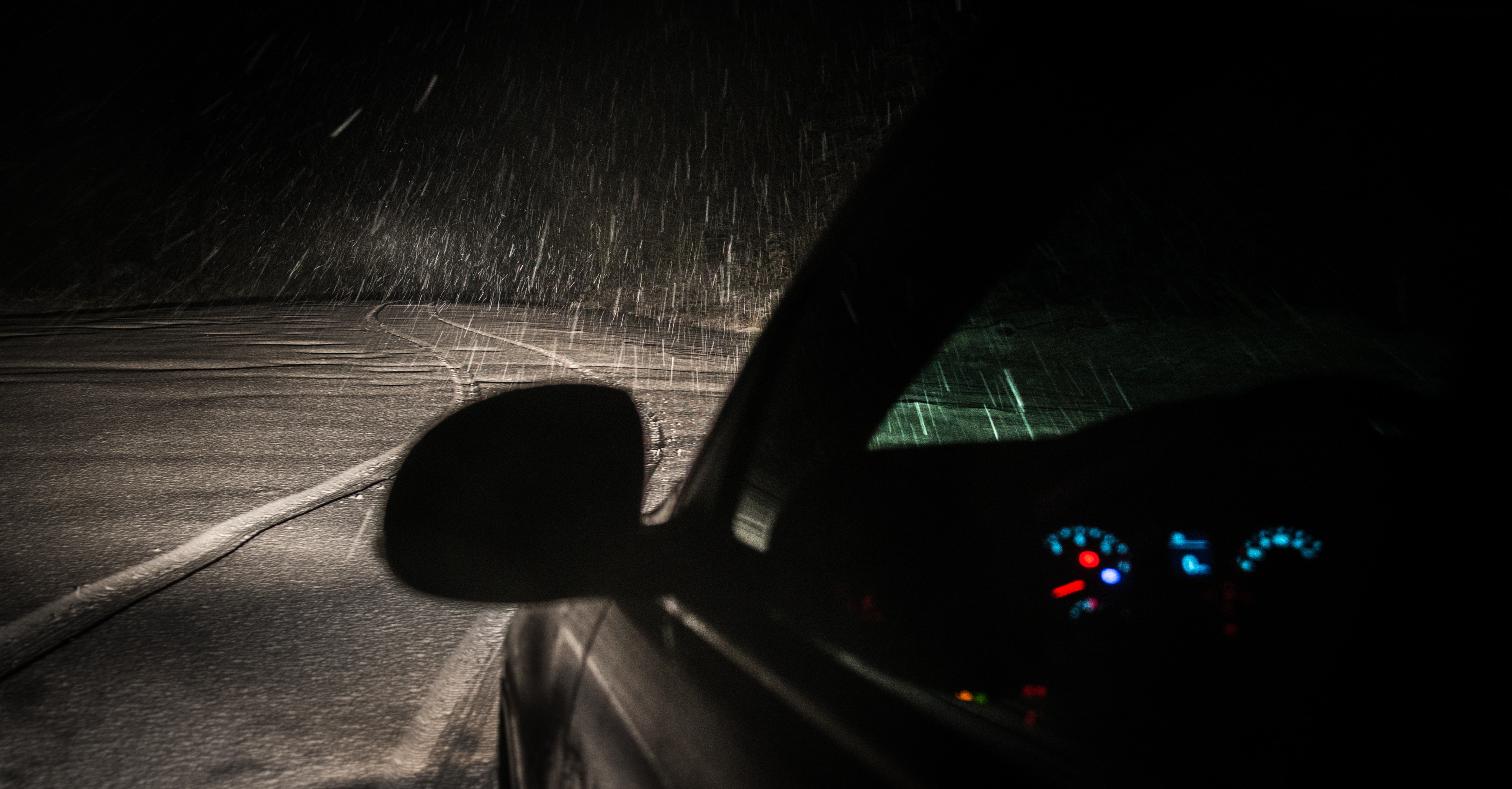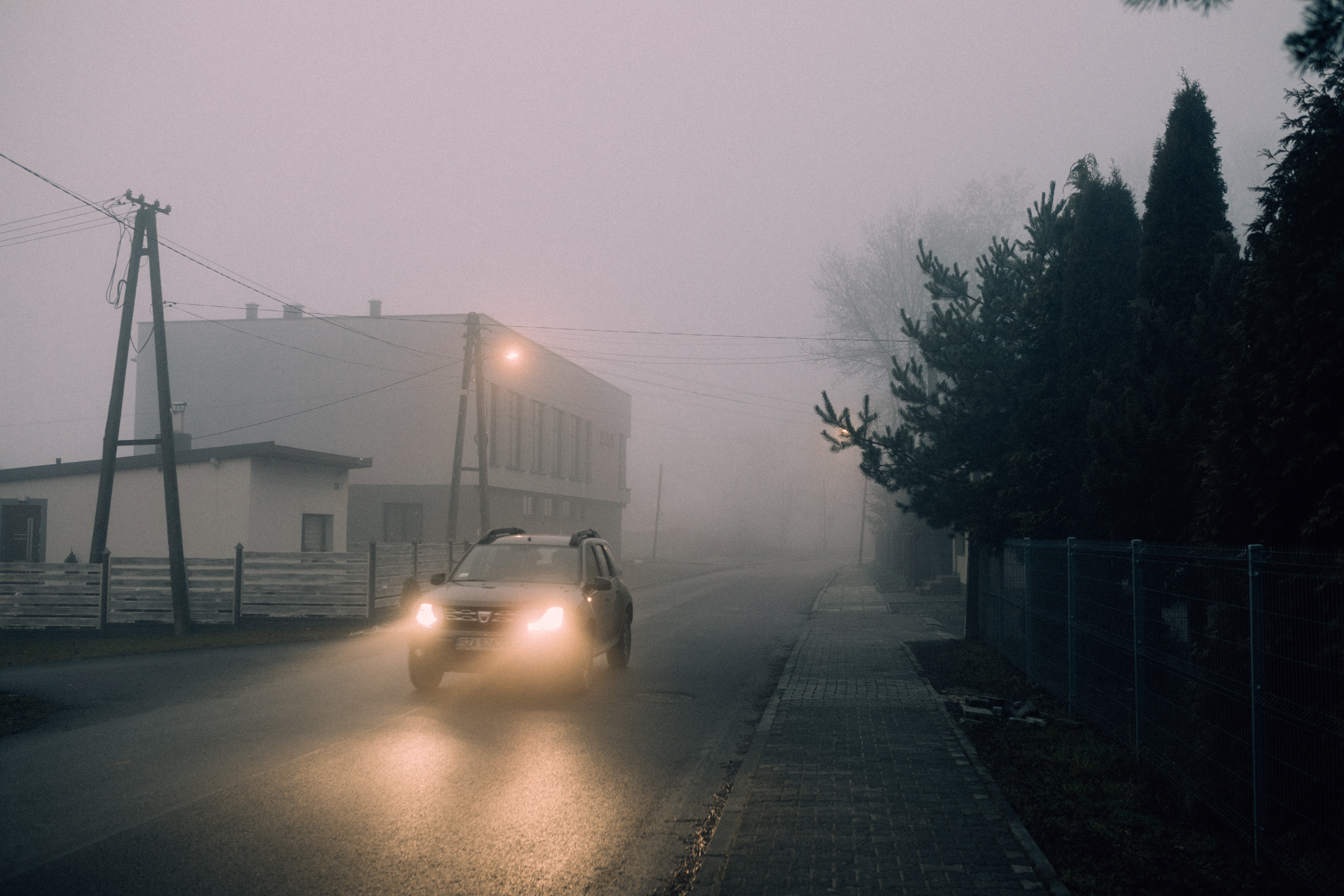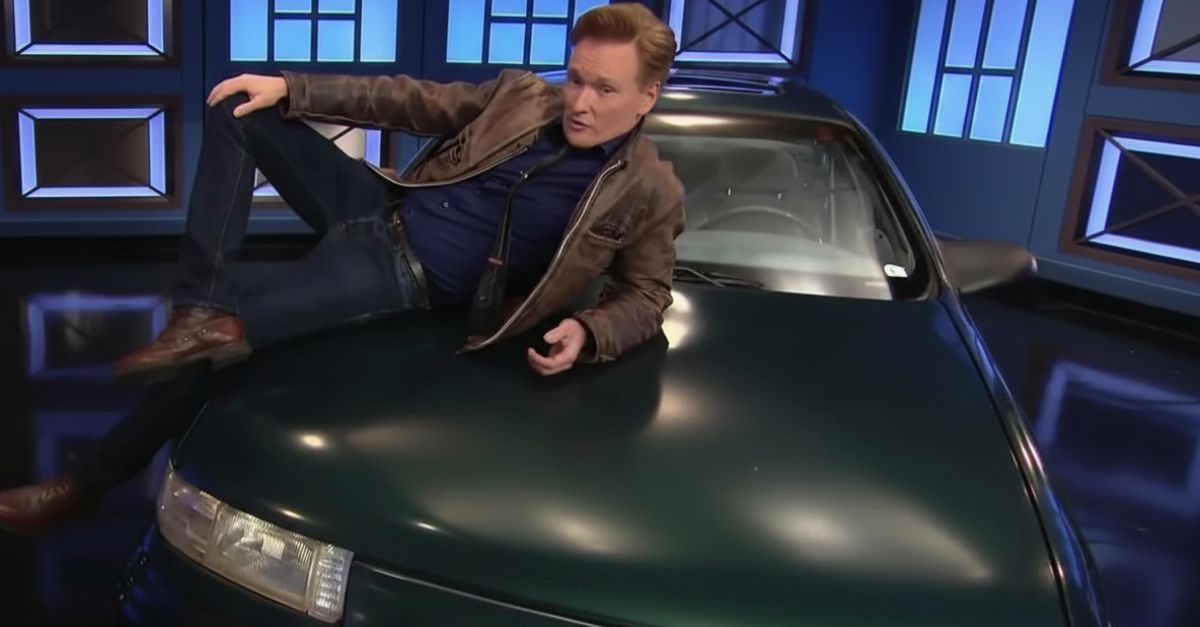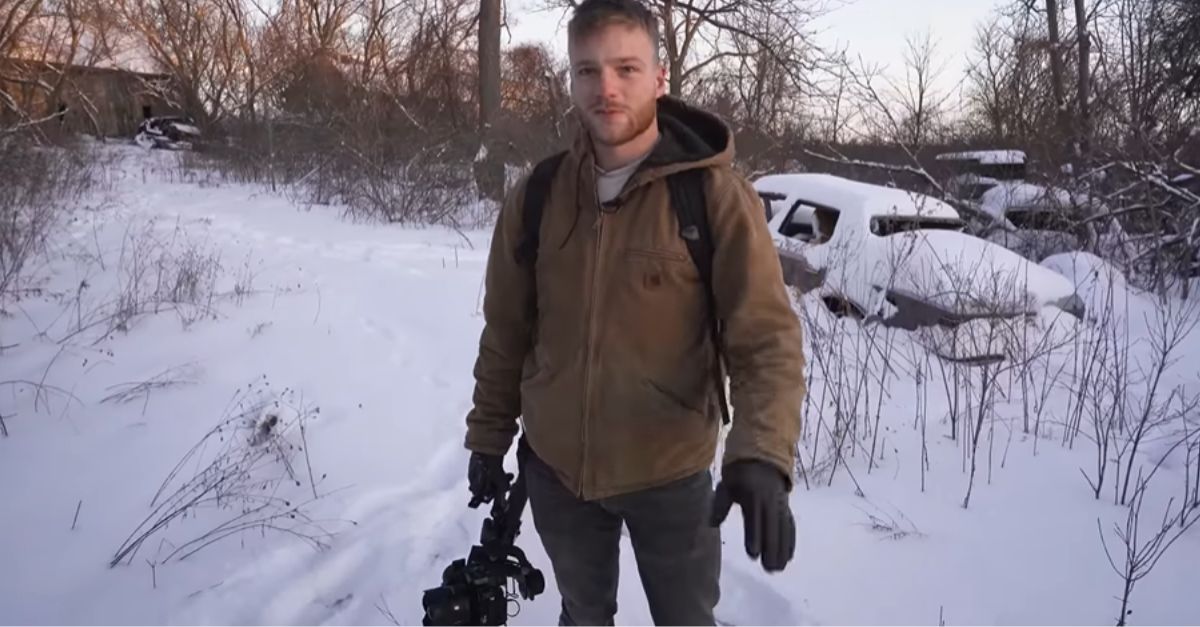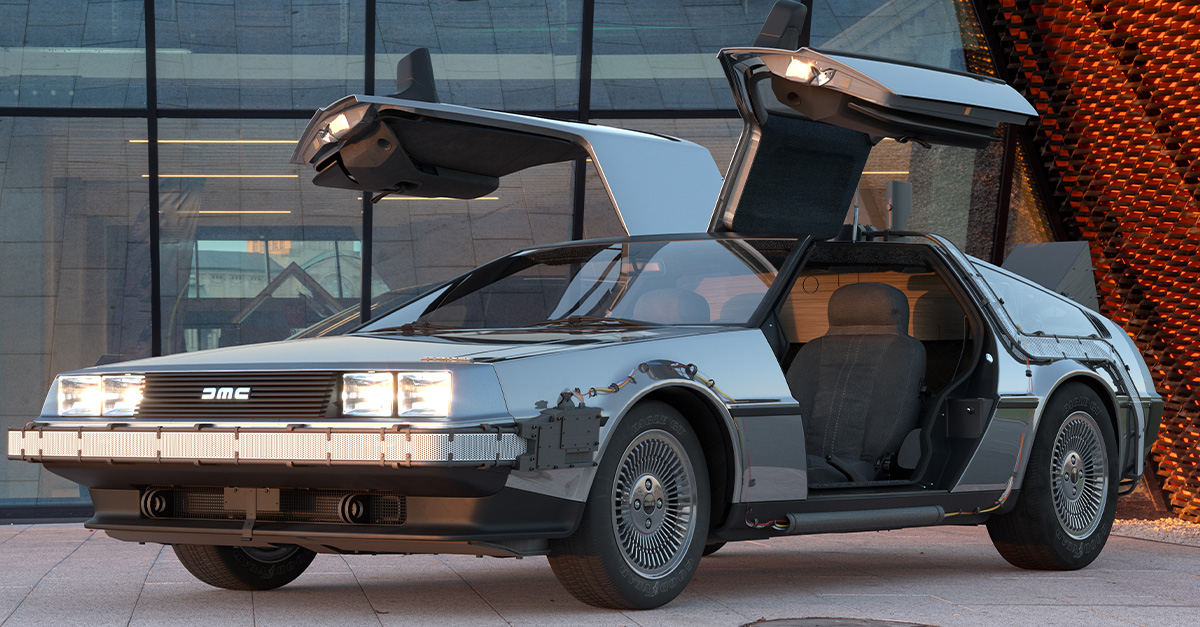The Serious Dangers of Driving at Night
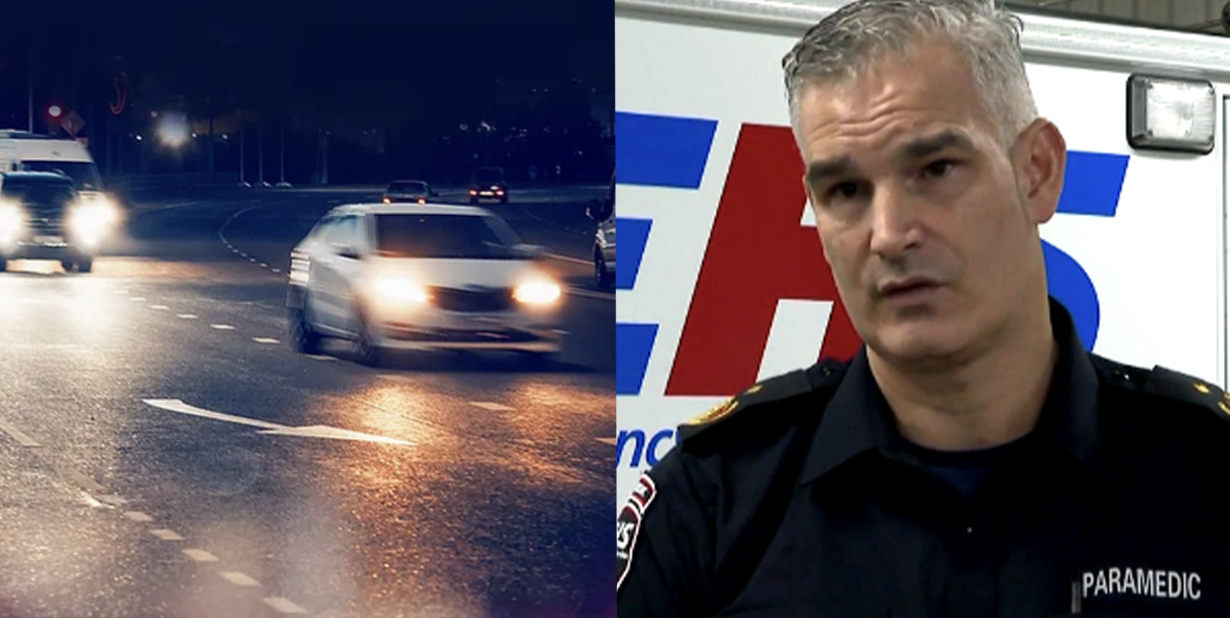
Navigating the dark, serene streets may seem like a peaceful driving scenario, but it often disguises numerous unseen dangers that every driver should be aware of.
In 2020, there were a total of 35,766 fatal car accidents in the United States, with 49% of these tragic incidents occurring during nighttime, constituting 17,572 accidents.
Night-time driving presents a unique set of challenges and risks, even for the most experienced motorists. Continue reading for more specifics and statistics of the dangers of night-time driving—it's worse than you may think!
Diminished Visibility
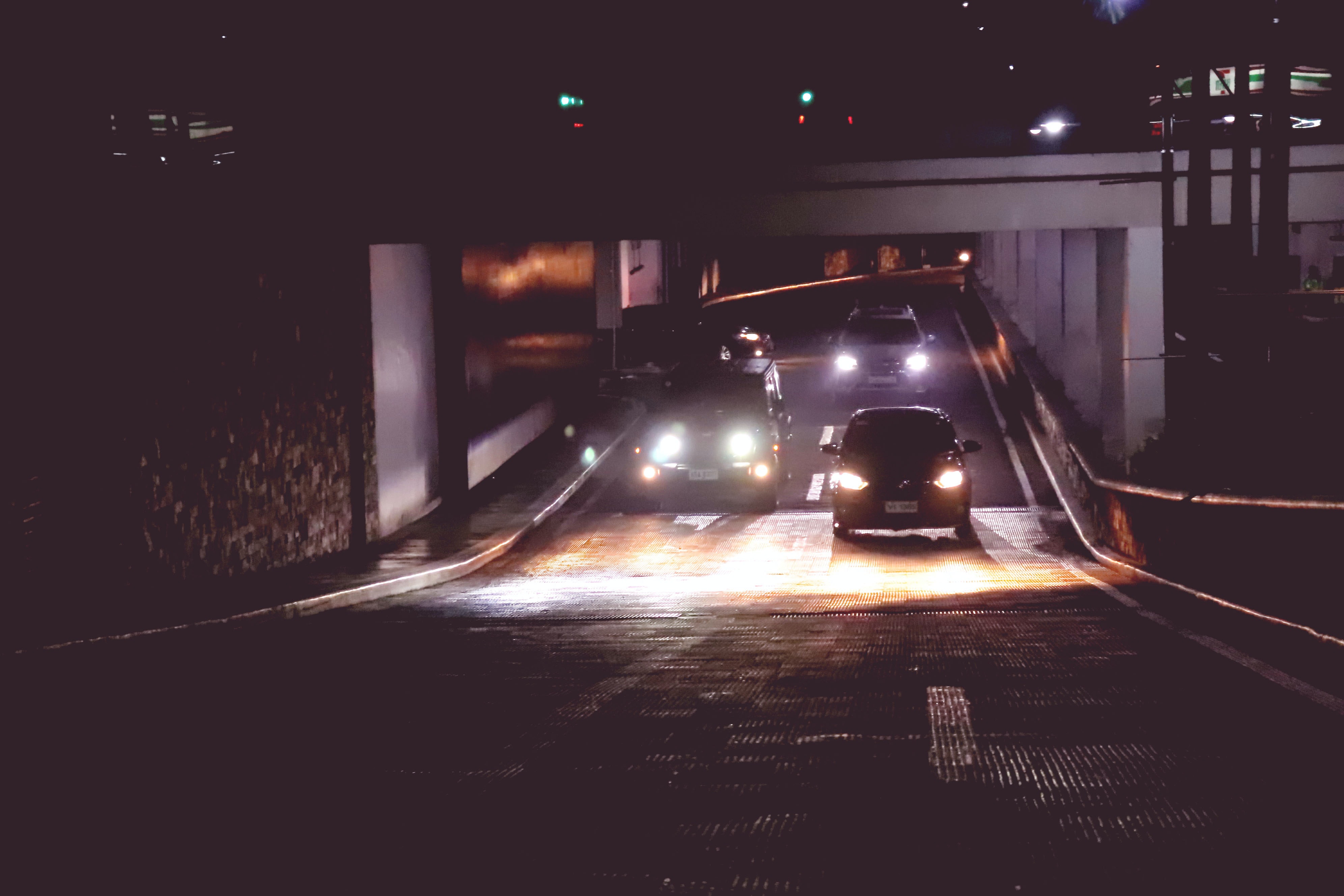 Eliel Frances Etruiste, Pexels
Eliel Frances Etruiste, Pexels
Once the sun sets, our depth perception, color recognition, and peripheral vision are compromised. Headlights of oncoming vehicles or inadequately lit roads can make discerning obstacles and pedestrians particularly challenging.
For example, a pedestrian wearing dark clothing at night is only visible from approximately 55 feet away, giving a driver little time to react.
With 49% of tragic incidents occurring during nighttime, 27% were attributed to unlit areas, while 21% were linked to well-lit areas. The absence of proper illumination emerged as a significant contributing factor to a substantial number of these fatalities.
Drowsy Driving
Fatigue, notorious for impairing our cognitive functionality, mirrors the effects of driving under the influence, subtly yet substantially eroding our capacity to drive safely.
According to the National Sleep Foundation, sleep-deprived drivers account for approximately 6,400 U.S. deaths annually, revealing the lethal nature of drowsy driving.
Delving deeper, the Centers for Disease Control and Prevention (CDC) estimates that 1 in 25 adult drivers report having fallen asleep while driving in the previous 30 days, exposing a prevalent issue on the roads.
The U.S. National Highway Traffic Safety Administration (NHTSA) states that drowsy driving was responsible for 91,000 police-reported accidents in 2017, illuminating a widespread and often underreported hazard.
The insidious nature of sleepiness can sneak up on drivers, slowly degrading attention, slowing reflexes, and ultimately, increasing the likelihood of crashing. Even without completely dozing off, drowsy drivers experience lapses in attention, slowed reaction times, and impaired decision-making, all of which can suddenly transform a routine drive into a dangerous situation.
Combatting this issue requires a communal acknowledgment of the dangers and tangible actions, such as prioritizing rest before travel and recognizing when to pull over and take a break, thus safeguarding not only individual drivers but everyone sharing the road.
Compromised Reaction Time
Darkness can slow our reaction time, as the brain works harder to process information from limited visual input. Any unexpected obstacle, like an animal darting across the road, becomes notably more hazardous under the cloak of night. The obscured visibility of the nighttime doesn't only hinder our ability to assess the road conditions, but it also substantially delays cognitive and physical response times to any unforeseen incidents.
According to the National Safety Council, depth perception, color recognition, and peripheral vision are all compromised in the dark, and our pupils dilate to take in as much light as possible, further distorting visual clarity and sharpness.
Furthermore, night driving often coincides with periods of fatigue for many drivers, which independently slows reaction time and impairs decision-making capabilities. Considering that a vehicle traveling at 60 mph covers 88 feet per second, even a one-second delay in response time—due to compromised visual processing or drowsiness—can be the critical difference between safe passage and a fatal accident.
Thus, understanding the inherent risks and practicing vigilant, defensive driving is crucial when navigating the roads after sunset.
Increased Likelihood of Drunk Drivers
Night-time, especially post-midnight, often sees a spike in drunk driving incidents. The National Highway Traffic Safety Administration (NHTSA) notes that nighttime weekend driving reveals about 2% of drivers with a blood alcohol level of .08 or higher, underscoring the risk on the roads during these hours.
To further illustrate the severity of this issue, the NHTSA also reports that in 2019, two-thirds (67%) of fatal crashes involving drunk drivers happened between 8 p.m. and 4 a.m. Additionally, the rate of alcohol impairment among drivers involved in fatal crashes was 3.4 times higher at night than during the day.
Wildlife Movements
Many animals are most active during the dawn and dusk. Collisions with wildlife can cause significant vehicle damage and injuries.
According to the Insurance Institute for Highway Safety (IIHS), an estimated 1.5 million deer-vehicle crashes occur annually in the U.S., resulting in hundreds of fatalities.
Glare and Bright Lights
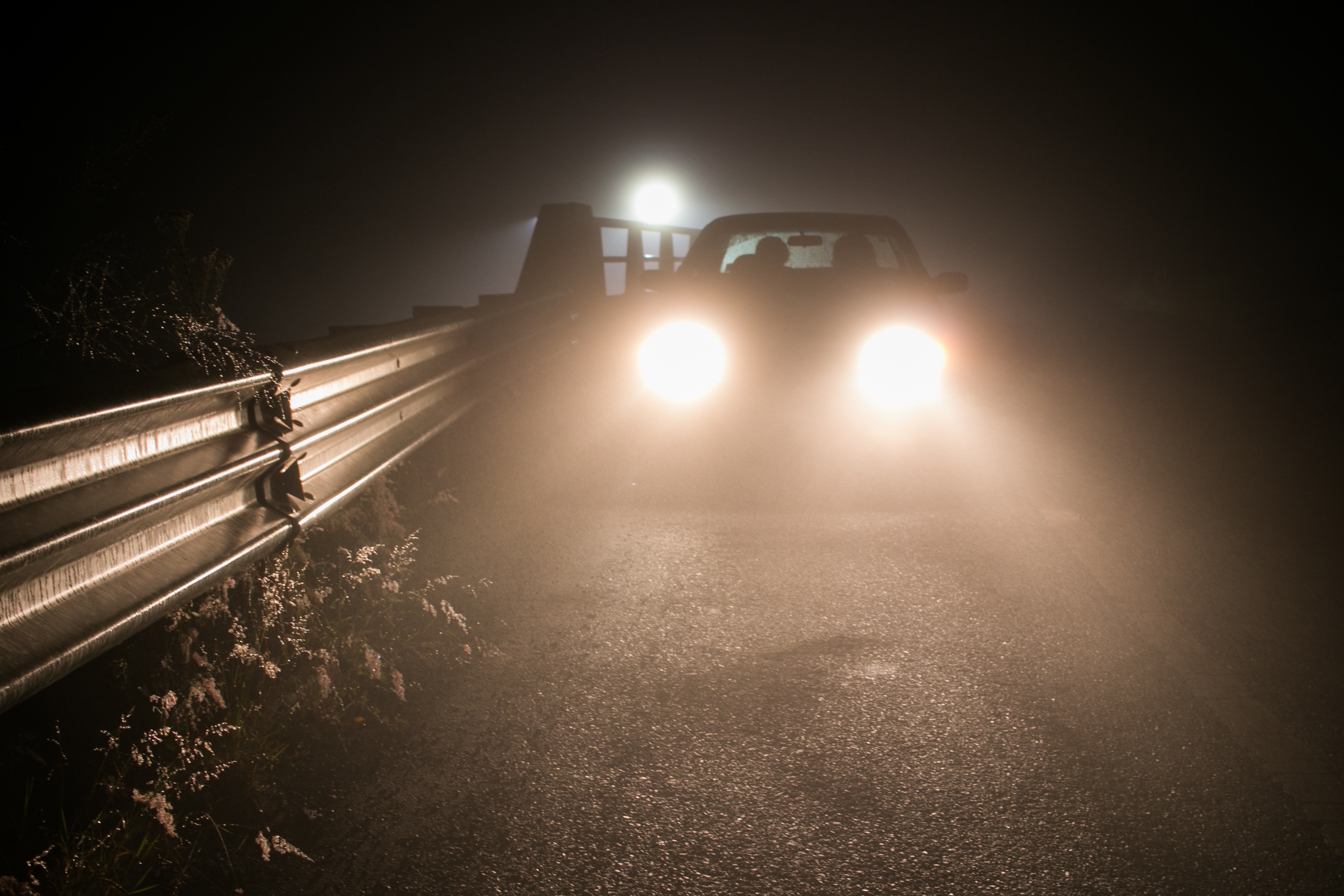 Ricardo Martínez González, Pexels
Ricardo Martínez González, Pexels
Glare from headlights, especially of oncoming traffic, can temporarily blind drivers or cause visibility issues, contributing to potential accidents. Continuous exposure to glare can also strain the eyes, leading to fatigue and decreased alertness.
The American Automobile Association (AAA) further amplifies this concern, noting that headlight glare can adversely affect a driver's sight for up to 1,600 feet ahead, severely constraining their ability to perceive upcoming hazards or changes in the road conditions.
Additionally, the contrast between dark roads and bright oncoming lights forces the eyes to constantly adjust, further exacerbating visual difficulties and extending the reaction times needed for safe driving.
To complicate matters, as drivers age, their eyes generally become more susceptible to issues related to glare, with drivers over the age of 60 particularly vulnerable. The heightened risk indicates a critical need for adopting anti-glare driving glasses and ensuring that vehicle headlights are cleaned and aimed correctly to mitigate such visual impairments, promoting safer night-time driving for all.
Inadequate Street Lighting
 Wikimedia Commons, Tony Webster
Wikimedia Commons, Tony Webster
Poorly lit roads, especially in rural or underdeveloped areas, can obscure road signs, pedestrians, and potential hazards, demanding drivers to exercise extreme caution and reduced speeds.
In fact, according to the National Safety Council, street lighting inadequacies contribute to approximately half of all traffic deaths, occurring predominantly at night or in pre-dawn hours. This dimly lit environment not only diminishes drivers' capacity to judge distance and speed but also significantly hinders their ability to recognize obstacles or hazards in a timely manner.
For instance, on an insufficiently lit road, recognizing a pedestrian wearing dark clothing might only be possible when it’s too late to stop in time.
Additionally, inadequate street lighting exacerbates issues related to glare, further compromising the vision of oncoming drivers and potentially resulting in hazardous situations.
Thus, navigating through such conditions necessitates enhanced attentiveness and adherence to safe driving practices to mitigate risks and safeguard all road users.
Weather Conditions
Weather conditions, encompassing fog, rain, and snow, wield the capacity to severely impact visibility and road traction, especially during the shrouded uncertainty of night. A rain-soaked road, under the reflection of city lights, doesn’t just get slippery; it creates a blinding glare, transforming the seemingly straightforward task of navigation into a perilous endeavor.
Moreover, according to the U.S. Department of Transportation, over 5,000 weather-related crashes occur annually in nighttime darkness, underscoring a tangible threat that demands attentive navigation. Snow and ice not only conceal road markings but also can make it nearly impossible to gauge the road's condition, particularly in areas without adequate street lighting.
Similarly, fog’s capability to descend and severely limit visibility can quickly morph familiar roads into challenging, unpredictable terrains, necessitating reduced speeds and heightened attention. Even beyond mere precipitation, temperature drops can lead to black ice, an almost invisible hazard particularly notorious during nighttime when visibility is already compromised.
Such precarious conditions insist upon a modified driving approach: slowing down, increasing following distances, and employing smooth steering, braking, and accelerating to navigate through the obscured and often treacherous nocturnal journeys safely.
How to Safely Prepare for Night Time Driving
Driving at night demands careful preparation to navigate safely.
Firstly, ensure that your vehicle’s lights - headlights, tail lights, turning signals, and brake lights - are all in optimal working condition, providing you not only visibility but also ensuring you are seen by others.
Paying attention to the clarity of your windows and mirrors, ensuring they're clean and free from obstructions or glare, becomes pivotal in preserving visibility under the diminished light conditions. Adequately adjusting your mirrors to minimize the glare from vehicles behind you can also shield your eyes from unwelcome brightness.
Ensure your windshield wipers and defrosters are functioning effectively to combat potential visibility issues caused by weather conditions.
Embracing a more defensive driving approach, which includes reducing your speed, increasing your following distance, and remaining vigilant to the actions of other drivers, can also safeguard your nocturnal travels.
Further, considering eyewear designed to minimize glare and opting for well-lit routes when available can be incremental steps in enhancing your visibility and overall safety during nighttime driving.
Therefore, being prepared and adapting safe driving strategies paves the way for safer night-time driving experience.

